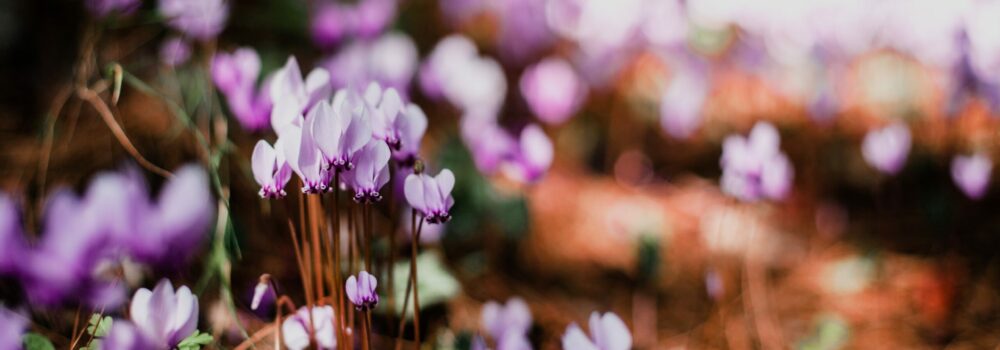Shade Loving Perennials
We have a mainly shady garden. We live next door to a cemetery, and, as most English people will know, cemeteries usually contain yew trees. We have a row of yew trees about 30 feet high along the south side of our garden, and they cast a lot of shade. Consequently, since moving here nine years ago, I’ve had to find out by trial and error what does and doesn’t grow well here – and I’m still learning!
The problems with shade in your garden
We have a mainly shady garden. We live next door to a cemetery, and, as most English people will know, cemeteries usually contain yew trees. We have a row of yew trees about 30 feet high along the south side of our garden, and they cast a lot of shade. Consequently, since moving here nine years ago, I’ve had to find out by trial and error what does and doesn’t grow well here – and I’m still learning!
It goes without saying that certain plants like roses and most clematis are not happy in shade, and neither are the salvias, lavenders, delphiniums, rudbeckias (and many other yellow-flowered plants) or dianthus. Because it’s not just shade, but dry shade, and I don’t want to be watering all the time, I’ve found that the best plants to grow are probably shrubs. However, I love herbaceous perennials, so I’ve tried to find out which of these plants will do well in shade and provide colour at different times of the year. It’s easier if you have deciduous trees, because in Spring, before tree canopies expand, many woodland plants will flourish because of the increase in light whereas the heavy shade under evergreen trees make planting more difficult.

Early bloomers; Hellebores and Pulmonaria
Many of the plants that do best in shade flower early in the year. Among these I’d include hellebores, which not only come in a huge variety of colours and in single or double forms, but also seed themselves, if allowed to, so that new varieties may occur without you knowing it! Hellebores do not like disturbance but will happily grow for years in the same spot, and flower for several months at a time.
Pulmonaria (lungwort) is another plant that blooms early in the year and doesn’t mind shade. Most pulmonarias have blue or pink flowers, but there is also a lovely variety called “Sissinghurst White”.
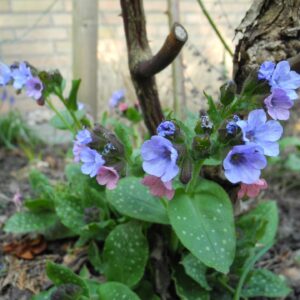
Later in the year;
Dicentra Spectabilis, Aquilegias, Heuchera, Hostas…
Later in the Spring and in early summer plants like dicentra spectabilis, aquilegias, heuchera, heucherella, hostas and the many varieties of geranium do well in shade. Some of these, such as the heucheras and hostas, are notable mainly for their foliage, and the foliage of heucheras will provide colour all year round.
Although they can be thugs, I’d also recommend Japanese anemones for late summer and early Autumn. These come in a variety of pinks, but there is also a white variety called “Honorine Jobert”, which stands out well in shade.
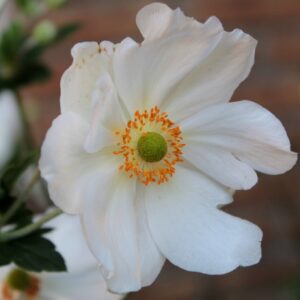
I’ve found that peonies do well in shade in my garden, even though many gardening books recommend growing them in full sun. My main complaint about peonies is that they don’t flower for long enough!
Another plant that will spread, but which is very handsome, is the Polygonatum (Solomon’s Seal). You do need space for it, and it tends to get attacked by the Solomon Seal sawfly, which strips the leaves and makes them look like miniature ladders!
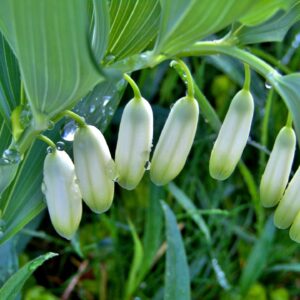
Bulbs and corms
For additional colour, particularly in the Spring, many bulbs and corms can be planted and these will fill in the gaps until the herbaceous perennials take off. Among the early ones are, of course, daffodils and snowdrops, as well as anemones, particularly anemone blanda and anemone nemerosa, which will quickly spread if they are happy where they are growing. Under trees in dry shade hardly cyclamens should flourish and seed themselves.
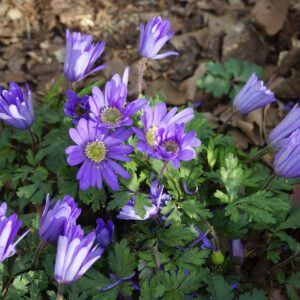
Maintenance of shady gardens
Most of the plants I have mentioned do well in the dry shade of our garden. However, for them to flourish, I try to add as much moisture retaining material, such as compost or leaf mould, in order to enrich the soil and provide moisture. If plants are grown under tree roots, these will steal nourishment and keep off the rain, so a bit of extra care is worth it. I add a little compost to planting holes as well as a bit of bonemeal for good luck. The border that is most in shade looks more established now and doesn’t require much maintenance except for pruning back stems and cutting back dead foliage.
Want to learn more?
For anyone who wants to find out more, there is a lot of information online to help with planting perennials in shade. In particular, I’d always go to the RHS website or the Gardeners’ World website.
As far as a reference book is concerned, Margery Fish’s “Gardening in the Shade” (Faber and Faber, 1964) is invaluable, and, though I’ve never been, for inspiration Beth Chatto’s Woodland Garden is full of shade loving perennials, bulbs and shrubs.
About the Author
Caroline Bowman has been hooked on gardening ever since she grew some thyme from seed and planted it in a window box when she lived in a flat in London. Fifty years later she is still hooked on gardening, but now she lives in Lincolnshire in England where they have quite a big suburban garden as well as an allotment, where they grow fruit and vegetables. Caroline loves flowering plants, in particular herbaceous perennials and she likes finding out about the more unusual varieties that will do well in the English climate and soil.

With Gardenize Plus garden diary you can:
- Use Gardenize on your laptop or desktop computer
- Download your data for free
- Create copies of your own plants
- Save as many plants / areas / events as you want
- Save as many images per plant / area / event as you want
- Draw on pictures Save as many inspirational posts as you want
Find more information about the Gardenize offers here.

More from Gardenize
Images published on the Gardenize website belong to Gardenize AB and may not be used without permission.

